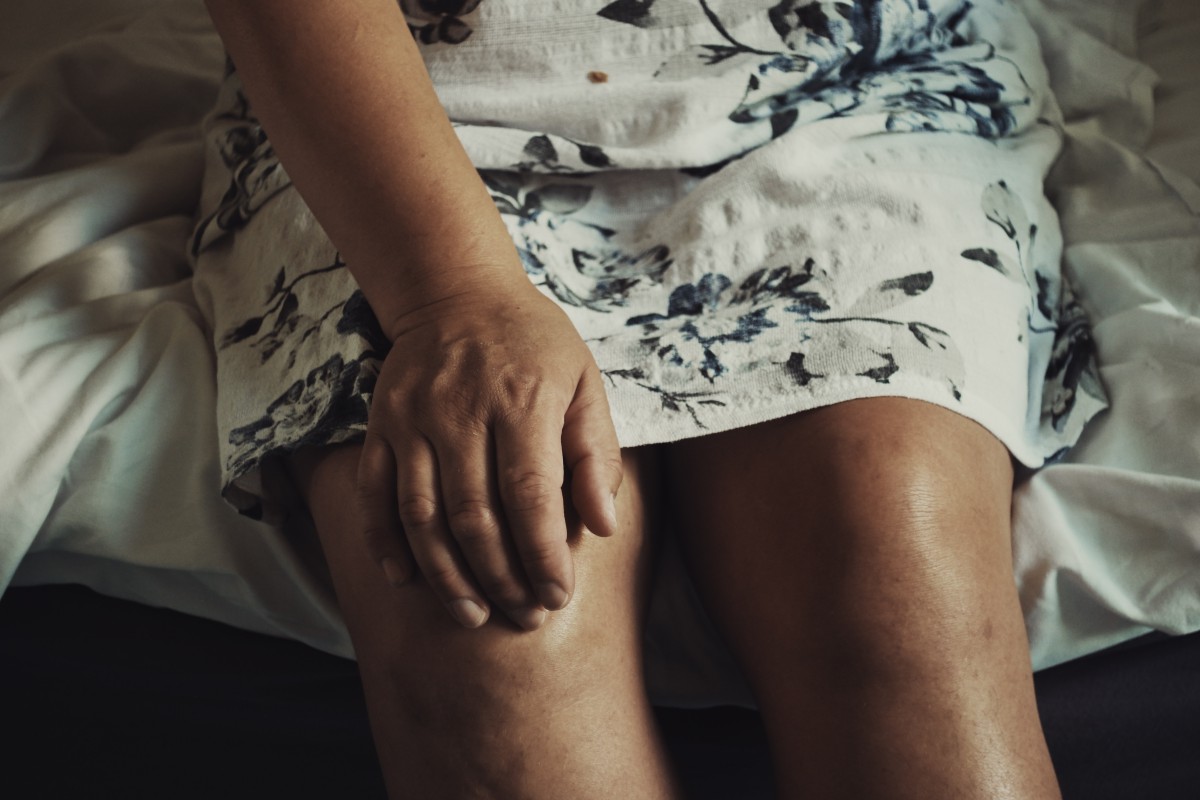Specialist Advice — 12 minutes
What is osteoarthritis?

Osteoarthritis is a chronic disease that can cause severe pain in the joints, along with stiffness and loss of function. It is characterized by the wearing down of the cartilage that covers the tips of the bones at the joints.
Causes
Frequently caused by aging, osteoarthritis usually appears around the age of 40 or 50, and affects a large portion of the population. It can also develop in younger people, often as a result of injury (secondary cause) or repeated strain on a joint.
There are two types of osteoarthritis: primary (idiopathic) and secondary. The causes of primary osteoarthritis are not fully known, whereas for secondary osteoarthritis, a disease or other condition is usually responsible, such as an infection, a congenital joint abnormality, a metabolic disorder (e.g. an excess of iron or copper), as well as a disease that has damaged the joint cartilage (rheumatoid arthritis or gout).
People in certain occupations are at greater risk than others of developing osteoarthritis in their lifetime. This is the case for bus drivers, since some of their joints are constantly stressed, mainly the elbows and wrists. Obesity is also responsible for numerous osteoarthritis-related problems, particularly in the knees and hips.
Symptoms
Osteoarthritis can cause pain in your neck, back, wrists, hands, knees, hips, ankles and feet. The pain usually worsens when you perform an activity that involves the affected joint, leading to stiffness and sometimes loss of mobility. For example, if you suffer from osteoarthritis in your knees or hips, it is very likely that you feel severe pain when going up or down stairs. Back pain can also be caused by osteoarthritis when it affects the spine. If a bone outgrowth compresses the nerves, you may feel numbness and weakness in one of your upper or lower limbs.
If symptoms include episodes of infection, redness, heat and swelling in the joint, it is important to see a doctor promptly, to rule out or confirm a possible diagnosis of gout or rheumatoid arthritis.
Diagnosis and treatment
To make a diagnosis, the doctor will make a clinical assessment of your situation, then request blood samples and X-rays, which will allow them to determine if there are cysts in the bones lining the joints and bony enlargement, as well as than pinching of the joint space. Magnetic resonance imaging (MRI) may also be required to detect early changes in the cartilage.
Imagix clinics are equipped with state-of-the-art imaging equipment that can help your doctor diagnose osteoarthritis and determine the right treatment. We offer the following diagnostic tools and treatments:
- Radiology
- Cortisone injection under fluoroscopy
- Ultrasound
- Magnetic resonance imaging (MRI)
We provide services that can help your doctor make a better-informed decision for your medication and dosage.
- Arthrographic MRI
- Cortisone infiltration
- Viscosupplement infiltration
- PRP Infiltration
- Radiography without appointment
Take an appointment online or contact Biron Groupe Santé customer service at 1 833 590 -2714.







